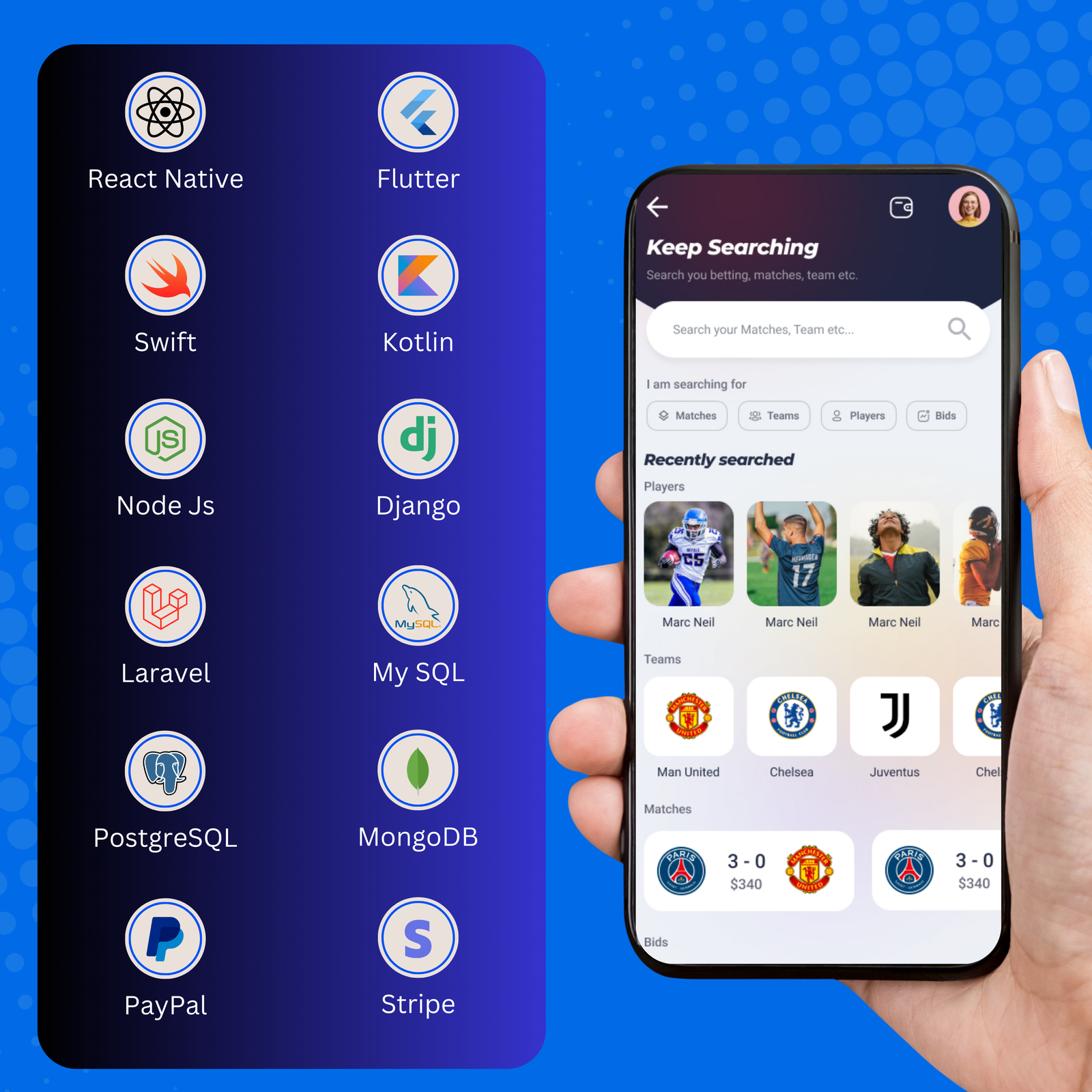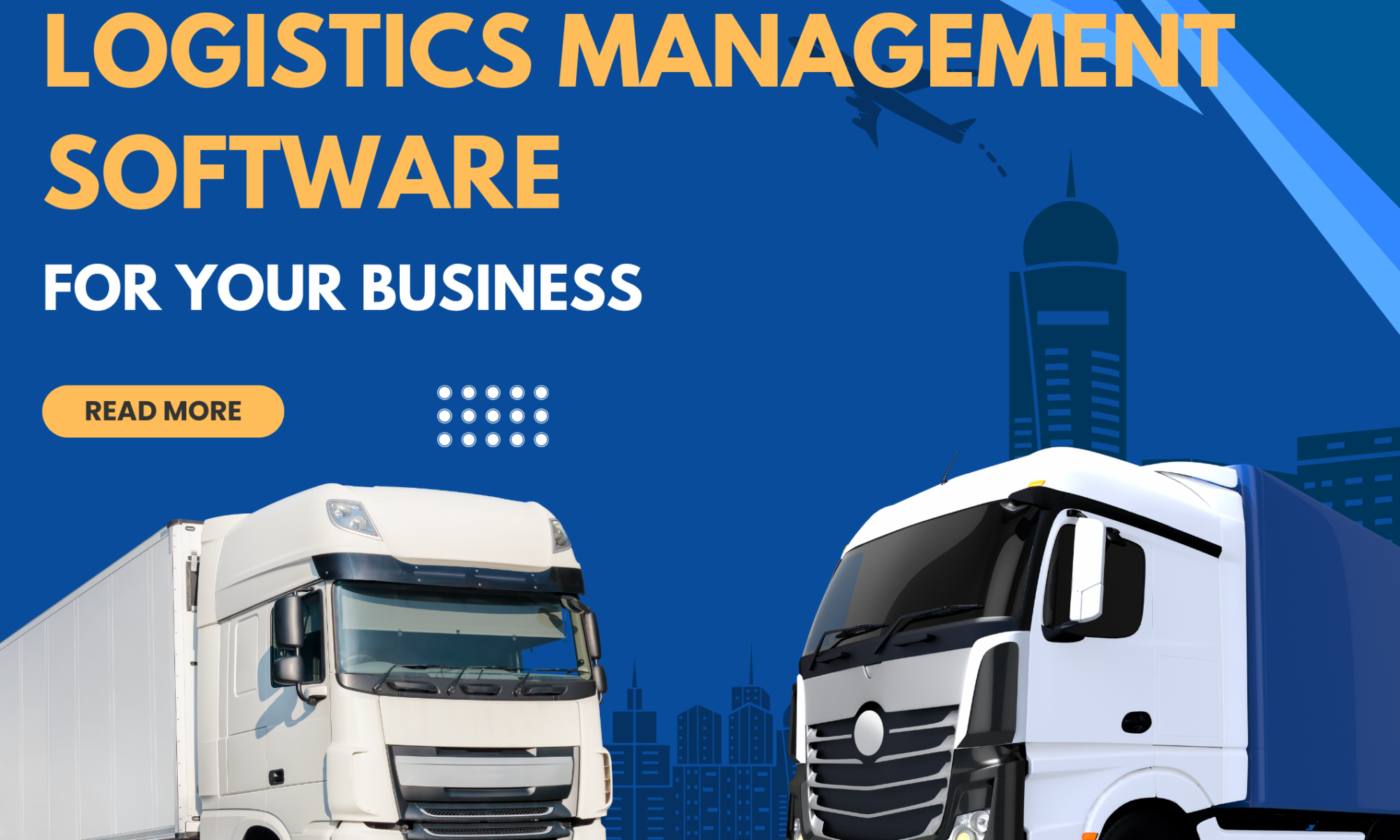Artificial Intelligence (AI) is revolutionizing the way businesses create and expand their mobile applications. With businesses shifting towards intelligent, more efficient digital solutions, AI application development has become essential to stay competitive. In this rapidly changing, dynamic field, TechBuilder is a trendsetter by incorporating innovation, customized solutions, security, and an unwavering commitment to delivering ROI-driven results.
In 2025 and after, businesses don’t merely need apps — they require intelligent, responsive, AI-powered mobile apps that drive business transformation. TechBuilder is at the forefront of this transformation, delivering future-proof AI solutions with tangible value.
The AI App Development Market: Expanding with Lightning Speed
Do you know? AI-driven mobile applications are no longer a luxury but a necessity. Organizations from every industry are harnessing AI to drive hyper-personalization, predictive analytics, automation, and increased user interaction — unleashing unprecedented growth possibilities. TechBuilder doesn’t ride the wave of this wave merely — we enable our clients to lead it.
What Sets TechBuilder Apart From The Rest in the AI App Development Industry
AI-Driven Solutions
At TechBuilder, we think that each business challenge merits a tailored solution. That’s why we build agile AI-powered mobile apps with precision, flexibility, and speed.
From ideation to deployment, our agile methodology ensures that each app is tailored to the client’s unique needs — from building smart AI chatbots or integrating AI with IoT devices. We follow open communication, continuous testing, and complete transparency across the project lifecycle.
Experienced Across Industries
Our wide-ranging portfolio includes healthcare, finance, food ordering, retail, taxi booking, logistics, and education. We have successfully provided solutions to enable B2B and B2C enterprises to realize the true potential of AI to develop robust, scalable mobile experiences.
Innovation through New Technologies
Innovation is not an option but the DNA of TechBuilder. Our experts are experienced with new technologies such as:
- Generative AI (GenAI)
- Natural Language Processing (NLP)
- Machine Learning (ML)
- Computer Vision
- Deep Learning frameworks
- AutoML tools
We always use the most recent AI development frameworks and integrate them perfectly into mobile platforms.
Data Security and Compliance is in our DNA
Data is the new gold, and TechBuilder keeps it safe. Our apps are designed with a privacy-first philosophy, in line with international standards such as GDPR, HIPAA, and ISO/IEC 27001. All mobile apps based on AI that we build include end-to-end encryption, strict access controls, and regular security audits — keeping our customers’ data safe and in compliance.
ROI-Driven Development Strategy
Business innovation for the sake of it is not worth it. TechBuilder is a master in developing apps that result in tangible business benefits — be it improving customer retention, improving operational effectiveness, or driving revenue.
Our Latest AI-Powered Services
TechBuilder provides AI-powered app development services to cater to every business requirement:
AI Chatbot Development
At TechBuilder, we develop smart AI chatbots that provide seamless customer support, lead generation, and user interaction. We design our AI-powered chatbots specifically to fulfill all the business requirements of customers and operate efficiently.
Generative AI-Powered Applications/Solutions
Our Generative apps or solutions, powered by Artificial intelligence, enable companies or businesses to make creative work autonomous, ranging from image and content generation to code generation. Using the latest models like GPT and Stable Diffusion, we develop tailored GenAI apps that can accelerate innovation, enhance productivity, and achieve optimal personalization. TechBuilder customizes these AI models to your brand voice, quality needs, and requirements.
Predictive Analytics Applications
TechBuilder’s predictive analytic solutions help companies make better and informed decisions. Utilizing AI-based algorithms to read historical data, we build models that forecast trends, customer behavior, and related risk. We help businesses to maximize marketing campaign initiatives, inventory management, business planning, and more — with higher accuracy and competitiveness.
We merge AI and IoT technologies to create intelligent systems that learn, adapt, and make decisions independently. From smart sensors in industrial automation to AI-based wearables for health monitoring, our technology maximizes data acquisition, processing in real-time, and user experience. With TechBuilder, businesses can harness the full potential of smart ecosystems securely and effectively.
AI-Powered Android, iOS, and Cross-Platform Application Development
TechBuilder is a leading AI app development company that pioneer in designing AI-powered mobile applications that offer smarter, faster, and more personalized user experiences. Whether you require an Android app, an iOS app, or a cross-platform app, we embed machine learning, computer vision, NLP, and predictive analytics into the fundamental functionality. We architect smart, scalable, and extremely secure AI-driven apps that are customized to drive your business innovation and optimization.
Our Latest AI-Powered Services
| AI Service | Description | Features & Uses |
| AI Chatbot Development | Build smart, conversational AI chatbots for businesses. | 24/7 customer support, lead generation, personalized interactions, and automated FAQs. |
| Generative AI Solutions | Create AI apps for content, image, and code generation. | Text/image/code generation, branding personalization, faster content creation, and innovation acceleration. |
| Predictive Analytics Applications | Develop models to forecast trends and customer behavior. | Data-driven decision-making, sales forecasting, risk management, and campaign optimization. |
| AI for IoT Devices | Integrate AI into smart sensors and wearables. | Real-time analytics, predictive maintenance, automation in healthcare, and industrial IoT solutions. |
| AI-Powered Android, iOS, Cross-Platform Apps | Develop intelligent mobile apps powered by AI. | Personalized UX, smarter recommendations, faster processes, cross-device compatibility. |
The New AI Trends TechBuilder Is Implementing
TechBuilder is future-proofing customer applications by taking advantage of the latest innovations:
- Including generative AI integration to unlock improved content creation and decision-making
- Robotic Process Automation (RPA) for automating repetitive processes
- AutoML for quicker and more precise AI model creation
- Edge AI for real-time device-based intelligence
As a Leading AI-Powered company, TechBuilder future-proofs your applications today.
Conclusion
Mobile app development with artificial intelligence integration is not a fad in the rapidly changing digital era — it’s a paradigm shift leading to business innovation in the future. Businesses that adopt AI in their mobile strategy are gaining competitive ground in customer interaction, business efficiency, and decision-making.
At TechBuilder, we don’t just build apps — we build smart ecosystems that evolve, learn, and adapt to your business. Our tailored, compliant, and innovation-led AI solutions are designed to deliver tangible, real-world ROI while placing high importance on data privacy and compliance.
Whether you are a startup in the business of disrupting your own industry or an established business searching for digital transformation, TechBuilder is your partner in technology. We believe that we empower companies or organizations to reach new heights, enrich user experiences, and dominate the competitive arena.
Let us construct the AI-driven future for Your Business Together — Powered by AI, Powered by TechBuilder.
FAQ’s
- Which kind of businesses can benefit from TechBuilder’s AI app development services?
TechBuilder’s AI-powered application development solutions are applicable to all kinds of businesses, from small startups to large multinational companies. Food ordering businesses, healthcare, retail, finance, ride-hailing businesses, logistics, and education are some of the industries that can leverage our solutions. Whether you want to make user experience more personalized, optimize processes, or develop new AI-based services, TechBuilder can help you in fulfilling your purpose.
- How does TechBuilder ensure data privacy and security in AI solutions?
Security and compliance are at the core of all AI solutions that we develop at TechBuilder. End-to-end encryption, periodic security audits, and GDPR, HIPAA, and other global standard compliance are utilized by TechBuilder. We adopt a privacy-first design strategy, like strong authentication, data masking, and cloud security practices to protect your business and customer data at all times.
- What AI technologies does TechBuilder use?
TechBuilder’s core AI capabilities include Generative AI (text, image, and code generation), Natural Language Processing (NLP), Machine Learning (ML), Deep Learning, Computer Vision, and AutoML. Through these technologies in conjunction with our strategic know-how, we provide intelligent, scalable, and tailored AI-driven mobile applications with pragmatic business solutions.
- How long does it take to build an AI application at TechBuilder?
The development time vary based on the level of complexity of the app and what features would be included. On an average, it would take 3 to 8 months to create a custom AI app. But, TechBuilder builds AI-powered app development at low cost, less time without compromising on the quality and performance of the app.
- Is post-launch app optimization and support provided by TechBuilder?
In fact, we do! Long-term success depends on post-launch support, says TechBuilder. We offer end-to-end services including app scaling, performance optimization, feature enhancement, security patching, and periodic AI model updates. Our professional and experienced team of app developers keeps your app in pace with changing business needs and technology advancements — setting the trend in the long run.





















































































